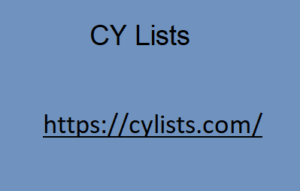|
|
Insert links in your most popular posts. Since these posts draw in the most traffic, adding links from these posts to related ones can also improve your topical authority. Create umbrella posts. If you’re on a roll with writing for a specific topic, consider making an umbrella post. This can be used to interlink all of the posts you’ve written for the topic so far, boost topical authority, and serve as a catch-all of sorts for related keywords. Take, for example, our technical SEO guide, which references a bunch of our other technical SEO topics. Setting up the right internal linking strategy depends on what you want to do with your website and your SEO goals.
But, these steps are a good place for you to start. Key Takeaway Do take note that while internal linking can add to the topical authority of your site, it should be done carefully and naturally. Focus on being intentional about your strategy, making meaningful CY Lists links between relevant pages, and steering clear of spammy linking practices to reap the most benefits possible while avoiding penalization. Ultimately, providing valuable, well-organized, and interconnected content is key to building topical authority over time.Keywords, as we all know, are the bread and butter of SEO. They are how potential customers find us online and are what we build entire strategies around.

Short tail keywords are attractive, but are often too competitive, too high volume for most to fight for—so what is the alternative? Here’s where long-tail keywords come in. They provide an untapped opportunity to drive more relevant traffic to your website and connect with customers further along their purchase journey. In this article, we’ll dive deep into the essence of long-tail keywords, examining their importance, advantages, and—most importantly—how to incorporate them effortlessly into your content strategy. What is a Long-Tail Keyword? Long-tail keywords in SEO are keyword phrases with more than three words that are extremely focused and specialized.
|
|